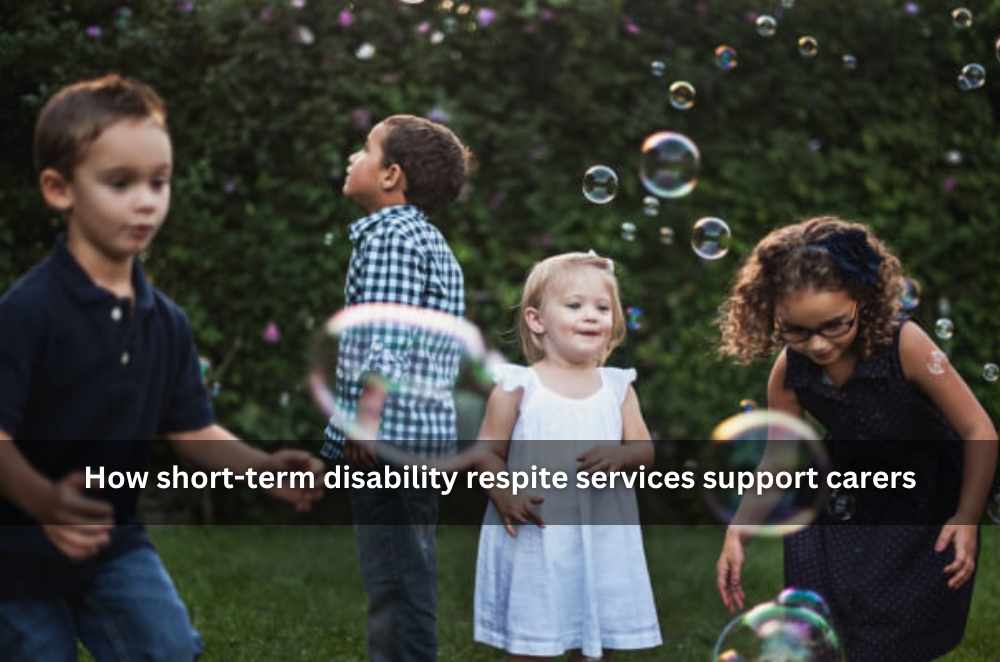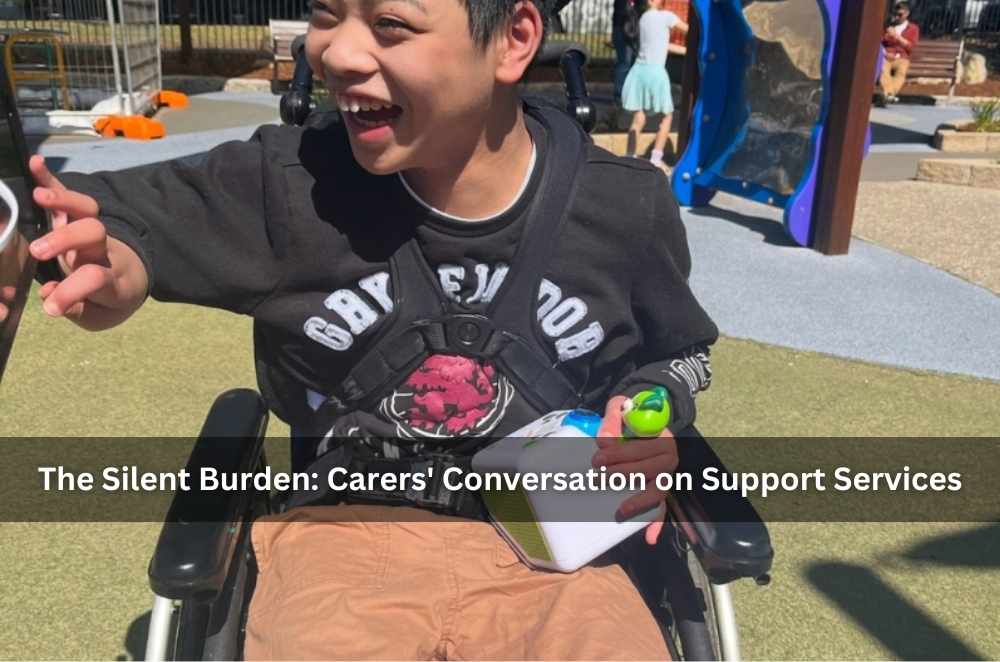
When I first looked into overnight respite care for children, I was overwhelmed. Like many carers, I just wanted to know my son would be safe, understood, and truly cared for—even if it was only for one night. What I found wasn’t just somewhere to leave him for a bit — it turned out to be more than I expected, really. Respite care kind of became this lifeline for us. Just a short stay, but it gave both of us a bit of space to breathe. We didn’t even realise how much we needed that. It helped us reset, I guess — to feel a bit more like ourselves again.
If you have never tried respite care before or are thinking about doing it for the first time, it’s normal to feel kind of unsure. Just thought I’d share what it’s actually like — the little day-to-day stuff and the feelings that come with it — so maybe you feel a bit more ready going in.
The role of overnight respite in family care
Overnight respite care isn't just a “pause button” for parents and guardians — it plays a much deeper role in the circle of family support. At its core, it provides:
A safe environment where individuals with disability, autism, or complex needs receive tailored care
Structured routines that mirror home life, making transitions easier for the child
A chance for primary carers to rest, attend to other family matters, or recover
Social interaction and skill-building opportunities for the person in care
In our case, what began as a single overnight trial turned into a monthly routine that helped our whole family thrive. The key? Knowing what to expect.
What typically happens during a respite stay

While each provider tailors their approach, most overnight respite services follow a gentle structure. Here's a general timeline of what an overnight stay might involve:
Arrival and settling in
When you first arrive, there’s usually a short intake process. Support staff meet with you to go over any updates to the care plan, allergies, behavioural triggers, sleep needs — anything that helps them personalise the stay.
Kids usually get shown around first, maybe do a little activity to settle in, then they can unpack some stuff they brought from home. Having their favourite toy or blanket, even a nightlight, really helps. Makes the place feel less strange, you know?
Mealtime routines
They mostly cook meals there at the place, and they do try to sort out the food stuff properly. Like, if your kid can’t eat certain things — say they’re veggie or need gluten-free or Halal — best to just let them know early on, maybe when you're filling in the forms or chatting with them. You might even be asked to bring favourite snacks or a food schedule for picky eaters.
Activities and winding down
Daylight hours are filled with sensory activities, free play, art, or outdoor time — depending on the facility. As bedtime approaches, routines mimic those at home: reading, calming strategies, brushing teeth, and dim lighting.
Sleep is always monitored discreetly. Some providers use soft tech (like night alarms) or scheduled check-ins to ensure peace of mind.
Choosing the right provider: What to look for
Not all respite providers are created equal. When we were comparing options, we focused on a few non-negotiables:
Registered NDIS provider status (if applicable)
Clear staff-to-guest ratios
Transparent routines and behavioural support practices
Cultural awareness and language diversity
Warm, clean and home-like facilities
If you're navigating this for the first time, don't hesitate to ask about staff training, contingency plans, or communication during the stay. Providers offering emergency respite care often have the infrastructure to provide ongoing care, too.
Preparing your child for their first stay
This part took the most effort, but it made all the difference.
Tips that worked for us:
Visual schedules: We used a simple board with pictures showing where Mum was going and when she’d be back
Practice visits: A few “hello visits” before the actual stay eased anxiety
Story-based social learning: We read a little custom story I made about “Ben’s Sleepover at Respite House”
Even a short stay can stir up big feelings, especially for neurodiverse children. Building familiarity with the carers and space beforehand reduces sensory overload.
When respite becomes part of the routine
One night turns into a weekend. One weekend leads to a new sense of rhythm. That's what happened for us.
Regular overnight stays gave us space to strengthen other relationships in the family. My child began forming bonds with his support workers and even looked forward to the visits — a milestone I hadn’t imagined possible in the beginning.
By integrating short term care options into your care plan, you're not stepping back — you're building capacity for the long haul.
Myths about respite care (and the truth)
Let’s bust a few common misconceptions:
"It’s just for emergencies"
Nope. Many families use it proactively as part of their regular care calendar."Only adults can access it"
Not true. Services like ours specialise in children and teens."It means I’ve failed as a parent/carer"
Couldn’t be further from the truth. Seeking help is a strength.
Questions to ask before booking
When reaching out to a provider, consider asking:
How do you personalise care for each child?
What’s your protocol for night-time waking or medical needs?
Can I visit during the stay if needed?
How do you communicate with families before and after?
Also, check if the provider fits into your NDIS plan — some can even assist with documentation or budget management.
Final thoughts: It's about shared trust
Overnight respite isn’t about stepping away from responsibility. It’s about stepping into a system of shared trust, where your child is cared for, and you are supported as well.
As you begin the journey of choosing respite providers, remember: the right fit will leave your child smiling in the morning — and you feeling human again.





Write a comment ...